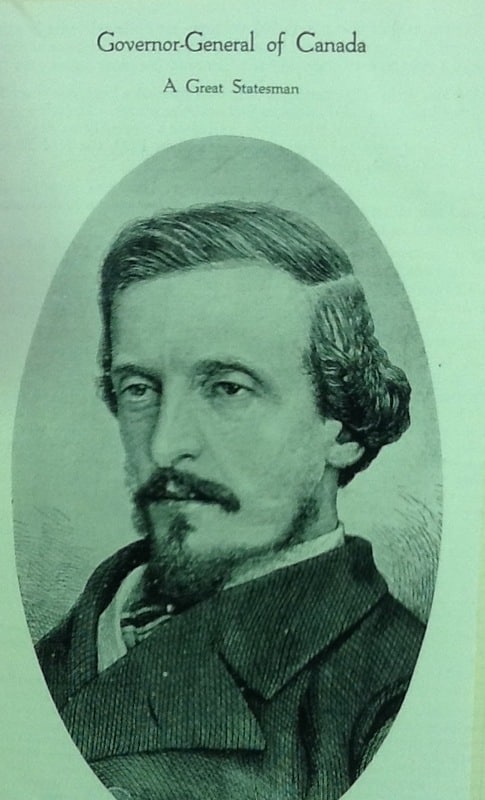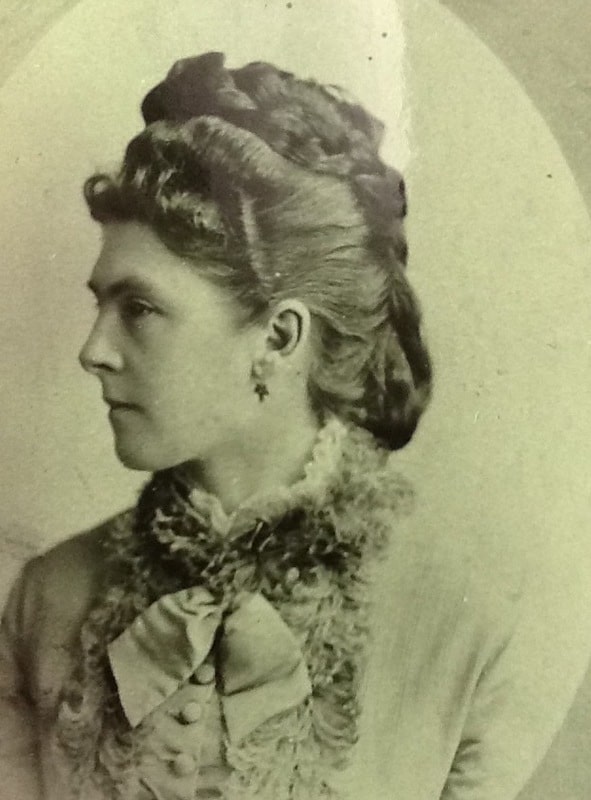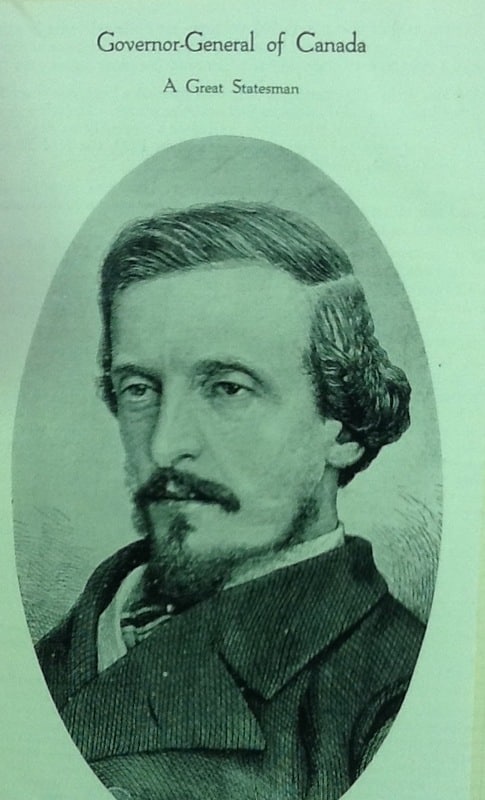This street honours Lord Dufferin, Canada’s third Governor-General. It is on the Selkirk Town Plan of 1875.
On August 17, 1877, Lord and Countess of Dufferin actually visited the town!
The Governor-General and his wife were the highest ranking persons ever to visit the fledgling community. Their visit convinced her citizens that Selkirk was fated to become the future economic capital of Manitoba.
Honoured Visitors
As a welcome to the vice-regal couple, townsfolk built an arch as a gateway. Its design was unique!
Lady Dufferin wrote in her journal that the arch was “surmounted with railway implements”. She recognized the symbolism and the enthusiasm of the designers and wrote: “for this is the spot where the Great Pacific Railway is to cross the Red River”.
The Governor-General and his wife were greeted as heroes. Lord Dufferin delivered a stirring address that was taken as confirmation that Selkirk really was going to be a significant place.
Lord and Lady Dufferin were certainly the bravest of all Vice-regal couples. They felt it was their mission to “show the flag” on the frontiers of this new nation. They undertook to visit all of Canada’s new territories. They lived in tents, travelled by canoes, York boats, paddle-wheelers, by horseback and wagons. They contended with insects, lack of safe water, wild animals, terrible storms, illness, and horrendous welcoming speeches.


A Powerful Speech
Dufferin was a brilliant orator. He may even have coined Manitoba’s motto in a speech he gave on departing the province a few weeks after his visit to Selkirk: “From its Geographical position, and its peculiar characteristics, Manitoba may be regarded as the keystone of that mighty arch of sister provinces which spans the continent from the Atlantic to the Pacific.” (page 366, My Canadian Journal) Hence: “the Keystone province”. This was while Manitoba was but a “postage stamp” (100 miles by 100 miles) and not the “keystone shape” it assumed in 1912.
The Dufferin Gang
During World War II, 31 volunteers joined the Canadian Armed Forces from this one street. The loyalty and the pride of country shown by this remarkable group of men and women illustrated Selkirk’s dedication and courage in time of war.
Among the Dufferin Gang was Harold Little. Harold lost an eye in an explosion on the beach on D-Day, but still rescued a comrade. When he returned to Selkirk after the war, Little became a diver and underwater repair and recovery expert. In that role he maintained the Selkirk docks, explored wrecks of ships that went down on Lake Winnipeg. His diving suit and metal helmets are on display in the Manitoba Marine Museum. (See Dufferin Gang).
Dufferin Avenue Collection
Sources
My Canadian Journal, Lady Hariot Dufferin
Selkirk the First Hundred Years, Barry Potyondi



